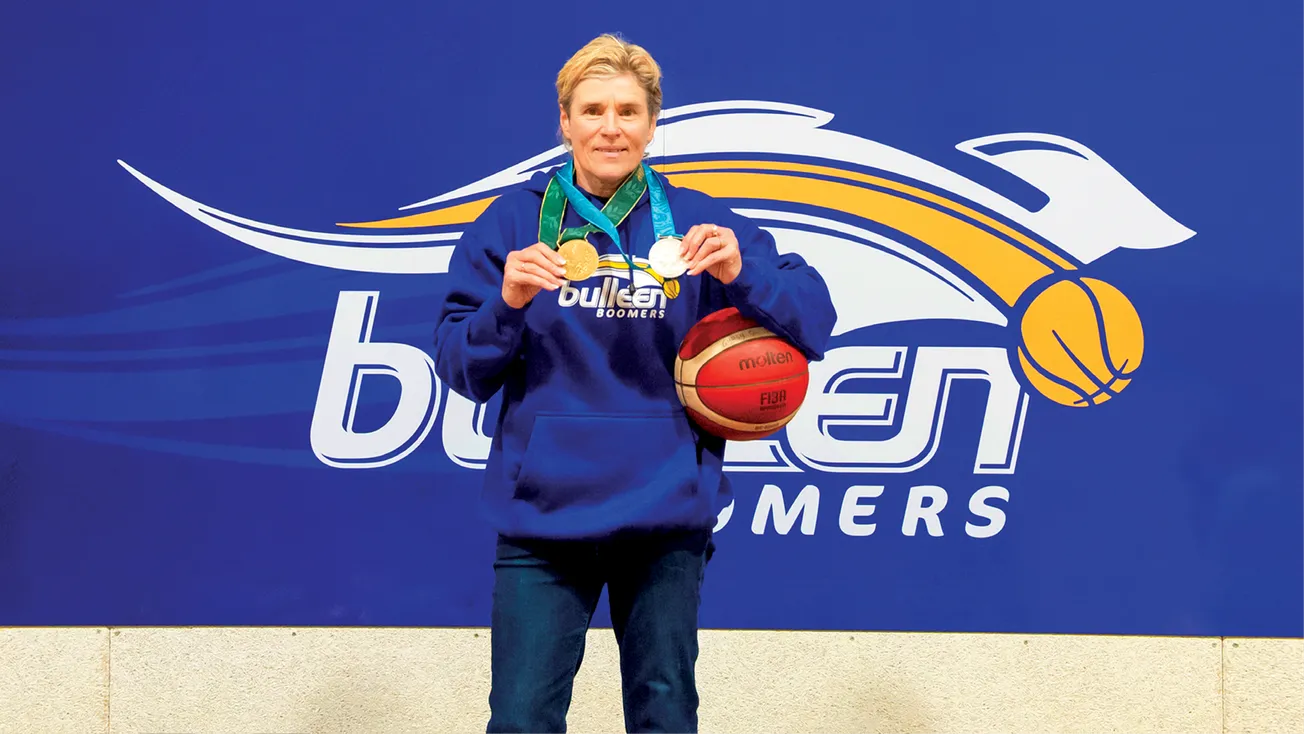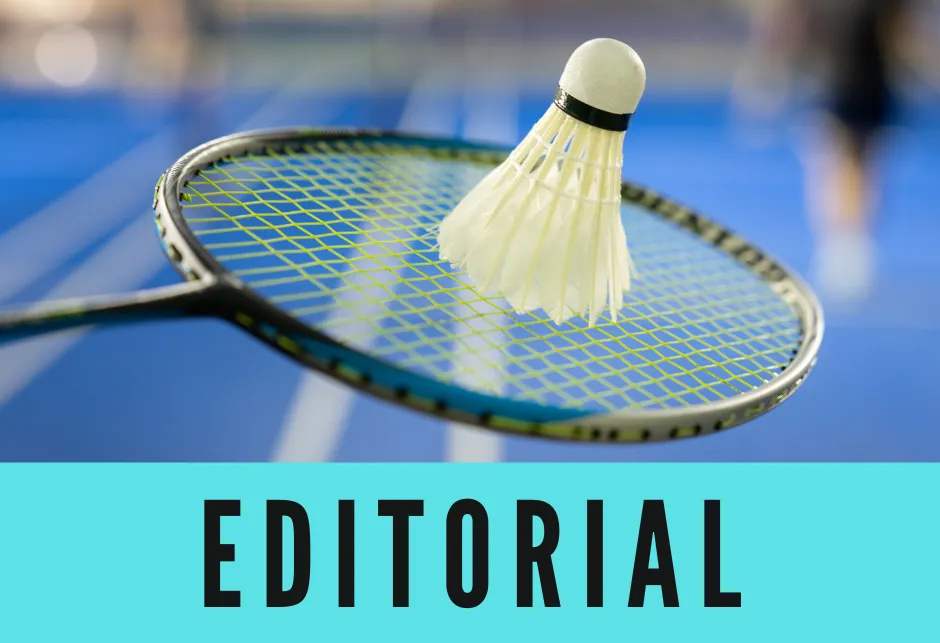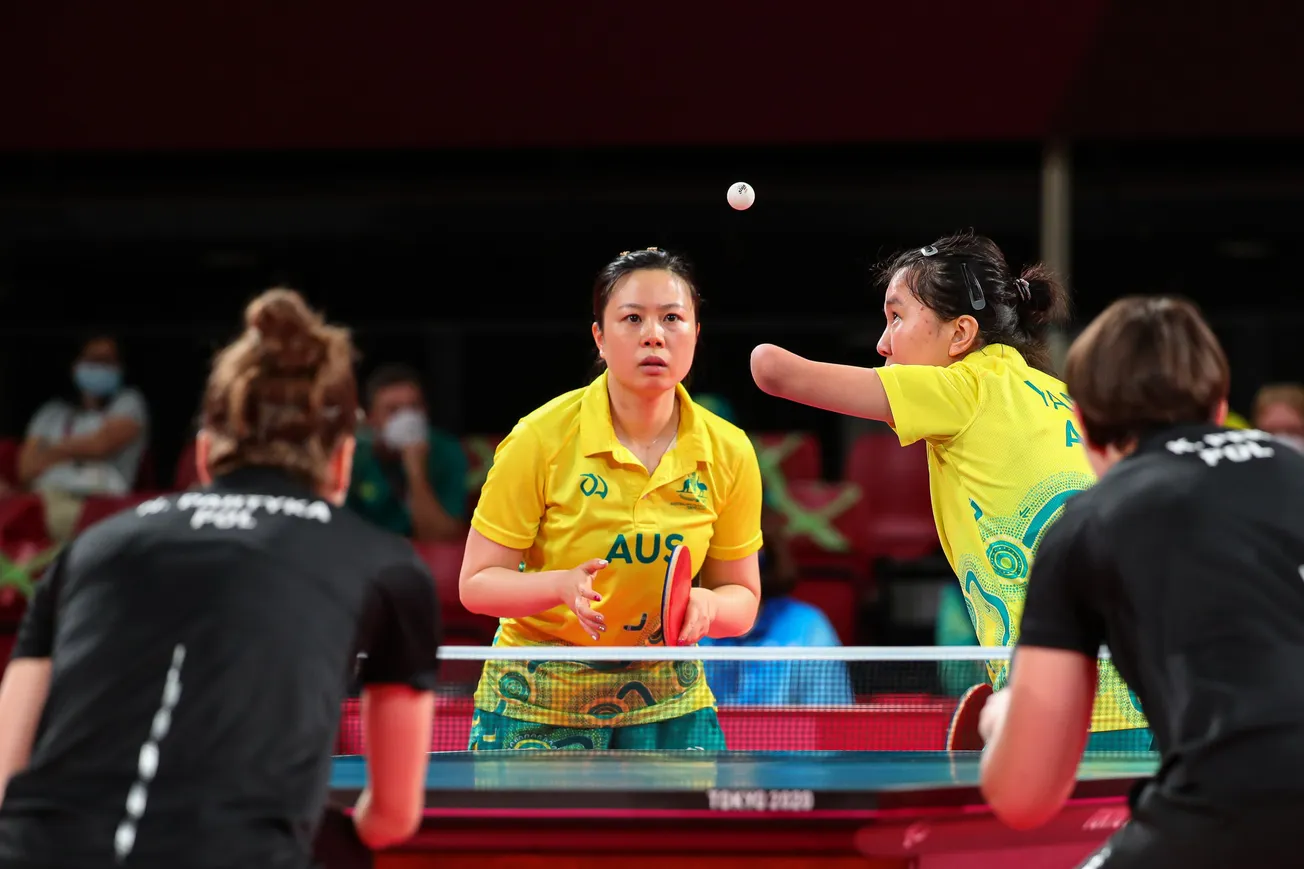Table of Contents
Lyndell Bruce, Deakin University
Are you too old to be an Olympian?
If you are older than 18 and not already competing at a high level of sport, it’s unlikely you’ll compete at the Olympics.
The oldest Olympian ever was 72 but that was back in 1920 – Oscar Swahn was a Swedish shooter who completed at three Olympics, winning three gold medals.
At the other end of the scale, Australia’s Chloe Covell is 14 and has booked her ticket to Paris in skateboarding. She is a world champion silver medallist, X Games gold medallist and ranked fourth in the world.
The demands of a sport – physical, technical and tactical – have a large bearing on the age at which athletes reach optimal performance.
In endurance sports such as triathlon and distance running, athletes typically peak in their early-to-mid 30s.
In contrast, gymnasts and divers typically reach peak performance earlier, with women around the age of 16 and men early-to-mid 20s.
This can affect the age at which talent is identified.
Talent identification and early specialisation
Usually, athletes have been participating in their sport for many years before competing at an Olympics.
They have accumulated many hours of practice but these hours may not all be in their chosen sport, which is unlikely to be a bad thing.
Why? Because specialising in one sport from an early age can lead to burnout and an athlete dropping out of the sport.
It’s useful for athletes to pursue more than one sport for the sake of diversity. For every Rafael Nadal – who reportedly trained maniacally by the age of seven – there are multiple athletes who have quit their sport and not made it to the highest level.
Research exploring the developmental histories of Olympic and world champion athletes shows they often sample several sports before specialising.
They were often not typically successful as a junior athlete and had invested similar amounts of sport-specific practice as athletes who had specialised earlier.
Participating in multiple sports as a child provides greater adaptability as an athlete, as children can develop various physical, technical and tactical skills due to the varying nature of sports.
What about talent transfer?
Another avenue for identifying talent is through the process of talent transfer.
Talent transfer occurs when an athlete stops participating in one sport (maybe due to injury, failing to reach a certain level or retiring from their sport) and then takes up another sport that likely has similar attributes.
Often, the skills learnt in the first sport can be transferred to the second.
Australia has a strong history of using talent transfer with younger athletes, including the successful diving program of the NSW Institute of Sport and the aerial skiing program of the Olympic Winter Institute of Australia. In both cases, gymnastics is typically the “donor” sport.
Talent transfer has also put older elite athletes on the path to success.
Notable examples include Jana Pittman, a former multiple world champion 400m hurdler who, after retiring from athletics, transferred into bobsleigh. Within two years she competed at the 2014 Winter Olympics.
Embedded iFrameTalent transfer can help athletes excel in a second sport.
You need not only the right fit of athlete but also importantly, the right coaching talent for successful talent transfer.
That is, specialist and experienced coaches who can see the future skill potential in an athlete and can capitalise on the athlete’s prior training history and skills.
Athletes may be approached directly by a sport coach or administrator to transfer. Alternatively, as an athlete exits a sport, they may be advised to try a different one, or they can attend “come and try days” or “talent identification days” which match them with a sport.
What about the Paralympics?
Talent identification is likely to be different in Paralympians. Some athletes acquire a disability while others have a congenital disability.
For some Paralympians, the ascent to a world class level can be very fast.
Australia’s Lauren Parker had a serious training accident in 2017 when preparing for an Ironman race that left her with paraplegia.
After just three months of training, Parker was able to transfer her able-bodied skills and experience into para-triathlon and win a bronze medal at the 2018 Commonwealth Games. In 2022, she won gold at the world championships and now also competes in para-cycling.
Within Australia, regular talent identification programs are run, such as Paralympics Australia’s talent identification days and the Queensland government’s YouFor2032 program, which aim to identify Paralympic talent.
What do talent identification and development programs do?
Specialised talent identification programs typically focus on physiological testing such as sprinting, jumping and endurance. In some instances, match or competition performance is also assessed.
Every sport has a different process for how they identify talent. And the age of talent identification varies as well.
For team sports, young athletes are often selected into representative teams. This then leads to regional and state representation.
For individual sports, athletes are often identified by their result, like a time or distance. The best performing athletes then represent the district and potentially progress to state and national competitions.
Physical attributes are often used to identify athletes. However, in young athletes this leads to a phenomenon know as “the relative age effect” – when children born in, or close to, a critical age cut-off period may have a sporting advantage.
Research has shown coaches make decisions about talented athletes on the basic of their tacit knowledge or instinct.
However, coaches do not always agree on the potential of athletes.
Athletes who excel are provided opportunities for further training and coaching.
A successful environment for the talented athlete is one where they are supported, which includes appropriate coaching related to their age and rate of development. An emphasis on health and wellbeing (not solely focusing on their athletic pursuits) and the athlete’s long-term development are also important.
While age is important for athletes and coaches with Olympic dreams, it shouldn’t be the be-all and end-all for competitors at lower levels.
Organisations need to sometimes “look outside the square” and take a chance using varied identification strategies and not look at a prospective athlete’s age but their “X factor” and mindset.
The author would like to thank Juantia Weissensteiner for her contributions to the article. Juanita is the Principal Advisor of Pathways at the NSW Office of Sport and has a research background in talent identification and talent transfer.

Lyndell Bruce, Senior Lecturer in Sport Science, Deakin University
This article is republished from The Conversation under a Creative Commons license. Read the original article.









